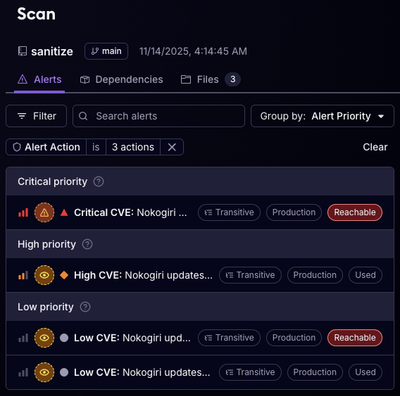
Product
Reachability for Ruby Now in Beta
Reachability analysis for Ruby is now in beta, helping teams identify which vulnerabilities are truly exploitable in their applications.
mongodb-util
Advanced tools
This module provides an easy mechanism to connect to MongoDb along with various monitoring options that help debug issues at database level
Parameters -
mongodb://username:password@host_name:port_number/database_name
logger = Pass a logger handle
log =
|Option |Value |
|-----------------------|-----------------------------|
|commandlogger |True | False (Default: True) |
|serverlogger |True | False (Default: False)|
|heartbeatlogger |True | False (Default: False)|
|topologylogger |True | False (Default: False)|
|connectionpoollogger |True | False (Default: False)|
Get the client handle by calling connect() of the Database class.
import mongodb_util
obj = mongodb_util.Database("test_URI")
database_client = obj.connect()
database = database_client.<database name>
Read from a collection
database.<collection_name>.find()
Write into a collection
database.<collection_name>.insert({‘a’:1})
To install mongodb_util, along with the tools you need to develop and run tests, run the following in your virtualenv:
$ pip install -e .[dev]
FAQs
This module provides an easy mechanism to connect to MongoDb along with various monitoring options that help debug issues at database level
We found that mongodb-util demonstrated a healthy version release cadence and project activity because the last version was released less than a year ago. It has 2 open source maintainers collaborating on the project.
Did you know?

Socket for GitHub automatically highlights issues in each pull request and monitors the health of all your open source dependencies. Discover the contents of your packages and block harmful activity before you install or update your dependencies.

Product
Reachability analysis for Ruby is now in beta, helping teams identify which vulnerabilities are truly exploitable in their applications.

Research
/Security News
Malicious npm packages use Adspect cloaking and fake CAPTCHAs to fingerprint visitors and redirect victims to crypto-themed scam sites.

Security News
Recent coverage mislabels the latest TEA protocol spam as a worm. Here’s what’s actually happening.